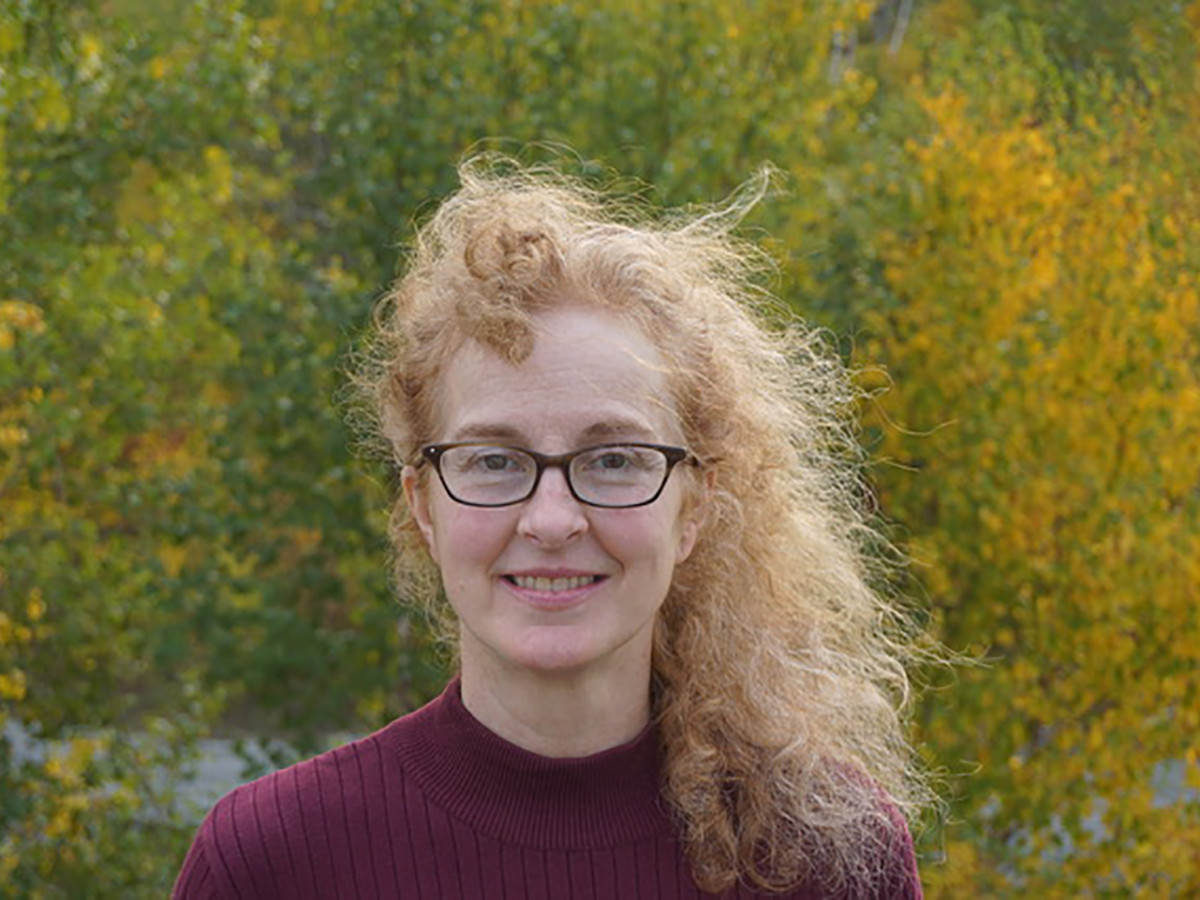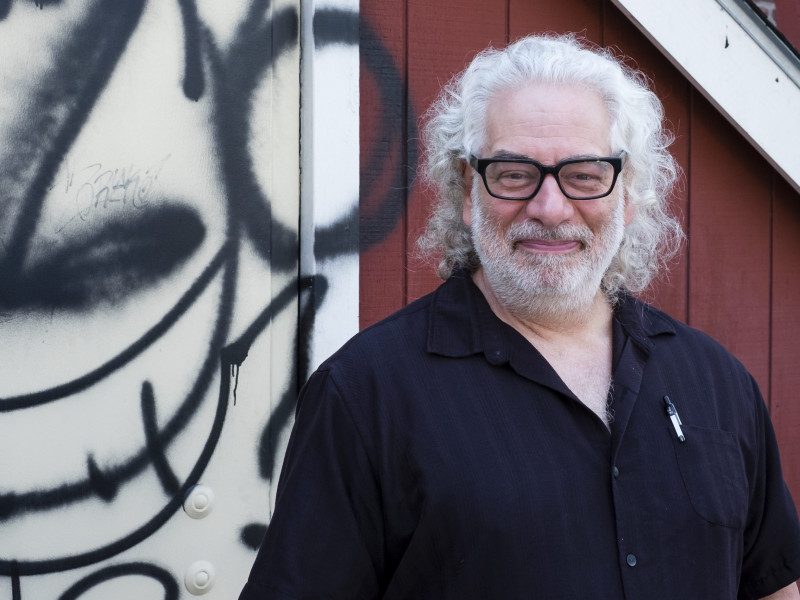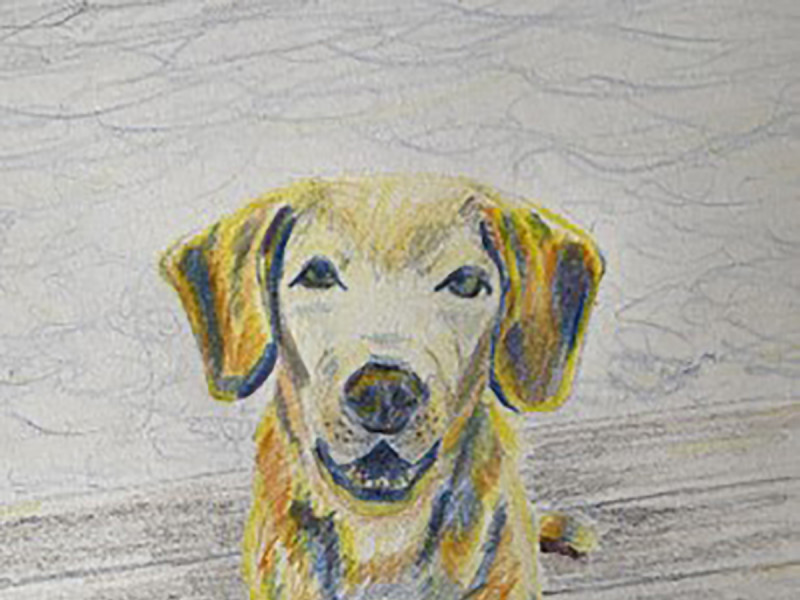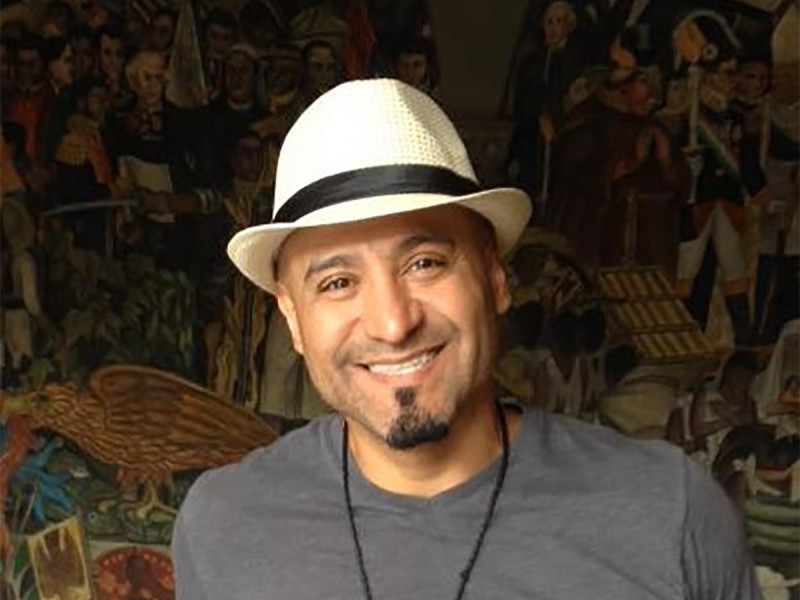
CCV offered its first online class in 1996, long before the COVID-19 pandemic made remote learning ubiquitous. For CCV, giving students the option to take classes when and where they wanted was just one more way to help more Vermonters access a college education. This year, CCV continues to provide a huge scope of flexible learning options across subject and program areas—even in the arts.
Meet three CCV faculty members who are opening up a new world of opportunity for students by taking their performing and visual arts classes online.
Body Awareness
Tracy Martin is careful about setting the tone in her online Body Awareness class. “Right off the bat I’ll say ‘if you are having fun I’m succeeding. If I am terrifying you, I am failing. Nothing about this should be scary. This should all be exciting and interesting and curious, we’re going to be in an environment of exploration, there’s no right or wrong.’”
Martin is a dancer, actor, and educator who recently completed her MFA in dance. She first came to Vermont in the ‘80s to perform at Phantom Theater, an arts venue in Warren, Vermont that now features dance, music, theater, and storytelling, and today she is the Theater’s artistic director. She has taught dance to a variety of age groups in a variety of settings. “I mostly love to teach people who say ‘oh I’m not a dancer,’” she said. “That’s what’s really rewarding for me as a dance teacher. I love technique, and I love helping a dancer hone their craft, but more than anything I love watching someone think that they have two left feet and then realize that they’ve got feet just like anybody else and they’ve got something to say and do with it…that surprises them.”
Martin joined the CCV faculty last year just before COVID hit, and she taught her first section of Body Awareness last fall as a synchronous online class, meaning students meet on Zoom each week. The class followed the same format this spring, and she’ll once again be offering it in fall 2021. The class is grounded in dance, but also draws from many other disciplines. “I introduce them to a few different modes of being in your body,” she says, including improvisation, meditation, breath work, modern dance, hip hop, and jazz. Students are asked to incorporate a regular practice of their choosing into their life—reflection, better nutrition, walking, you name it—and keep a log about their experience throughout the semester. “It’s called body awareness, but I almost feel like it’s almost like life awareness,” Martin says.
She says the online format of the class is more comfortable for some students. “I could imagine in person some of these people would be a little more self-conscious than what the safety of their home and screen gave them,” she said. “I could imagine that that was a positive aspect for those who are a little bit more inhibited; it was a little less scary in some ways.”
Martin says the class offers a chance for students to inhabit their bodies in new ways. “A huge goal of mine is to have an ease of movement and awareness and comfort of being in your body, and watching that improve and develop over the course of the course…and if you’re somebody who thinks you can’t, or don’t, or it’s not for you, you might be pleasantly surprised.”
Drawing 1/Printmaking 1
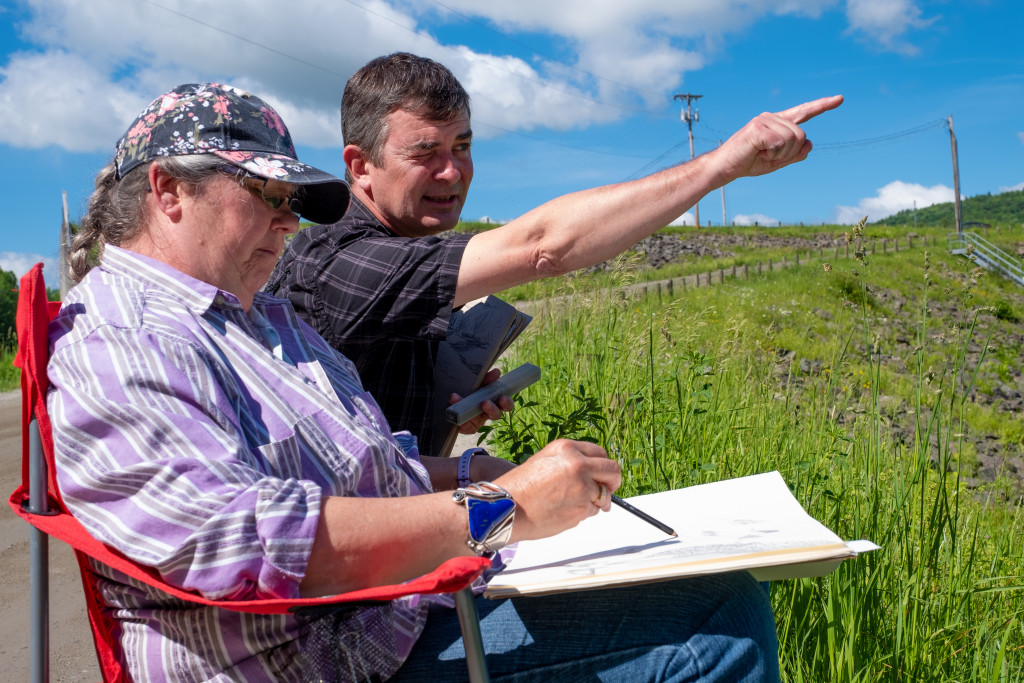
“I get to do what I’ve wanted to do since I was a kid: be a teacher and be full-time involved with the arts as a practicing artist,” says Phillip Robertson. “I’m really able to be fully engaged with students about the arts.”
Robertson has been teaching Drawing 1 online at CCV since the summer of 2011. He says the online format allows for greater accessibility. “Because CCV is so spread out, and our students are even further spread out, a lot of them can’t get to a class. That’s the biggest benefit is the students who take this class and get three credits without having to be in person.” He’s also found over the years that students who take the course online are more actively engaged in class discussions. Where some students are reluctant to speak up in a classroom setting, “when we go to the online environment and make the drawings at home and then post them online, we have these amazing conversations, because it’s all text-based.”
In addition to the art classes he teaches for CCV, Robertson also teaches at Northern Vermont University, and was teaching an in-person printmaking class there last spring. “Once COVID hit, I had to figure out how to teach NVU printmaking online,” he said. After working out all of the details, he’s finally ready to offer CCV’s first online printmaking class in fall 2021. “I’m really excited about Printmaking 1,” he says. “It’s something I’ve always wanted to do.”

The class will kick off with a Zoom meeting in the first week. From there, students will have access to video tutorials created by Robertson that explain the processes for several different printmaking techniques. Though there are more materials involved with printmaking than drawing, Robertson has come up with creative money-saving tips. He includes a resource for students with ideas for using simple household objects in place of fancy art supplies. “This is like a 20-page document about how to do all of these techniques at home with the stuff you have,” he says.
A practicing printmaker, Robertson also loves his work as a teacher. “I just love talking about art. Especially when the art is up on the wall, we’re all standing there together, I can just talk. But what I’ve also learned to do is get the students to talk, and that’s what I’m really doing here online.”
Acting 1
Margo Whitcomb’s interest in theater grew out of a love of storytelling. “I imagine it’s how some people feel about cooking,” she says, adding, with a shy laugh, “I’m not one of them—I can’t cook or bake, but the idea that you can take all these raw ingredients that look like nothing and assemble them in such a way that you create something extraordinary, was really captivating to me.” But cooking you can do alone; not so with theater. “So there’s that other layer of creating something together, across disciplines, with a group of people, that begins…with words on a page, and becomes a living, breathing experience.”
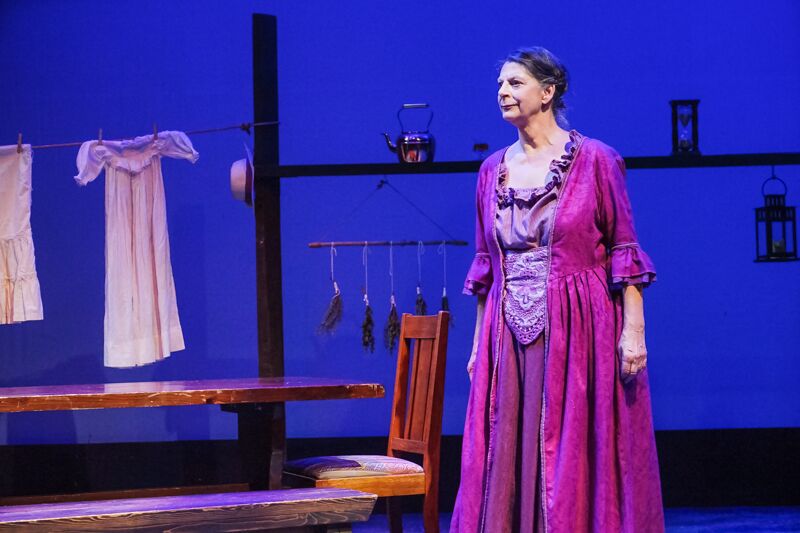
Whitcomb has an extensive background as an actor, director, teacher, and dramaturge, and lived and worked across the country in places like San Francisco, Seattle, and New York City before making Vermont home. She started teaching at CCV six years ago, and her Acting 1 class always took place in person, until last year.
As she prepared to transition the class to an online format for the fall semester, Whitcomb took classes in online teaching at both CCV and NVU, where she is also a faculty member. She learned what she could from colleagues with experience teaching online. She also took notes on her son’s experience as an acting student at Fordham University who was studying at home during the pandemic.
As a result, her synchronous online Acting 1 class is interactive, intimate, and inclusive. “This platform is very democratizing,” Whitcomb says. “You’re all present together and all interacting all the time together, going into breakout rooms and doing exercises that require each student to participate.” The fact that students are usually at home, she says, adds a level of comfort. “Because the terrifying thing about acting for most folks is exposing yourself or being vulnerable, being judged. There’s no place that’s more comfortable for most folks than their own home…that personal connection can make people feel much more at ease.”
Whitcomb will teach Acting 1 online again this fall. She says everyone can benefit from taking an acting class. “Taking an acting class, or movement class, or expressing yourself artistically, is more necessary and more satisfying than ever as we sort of all struggle with putting our toe back in the water of coming into togetherness with one another, also as we confront some pretty daunting realizations about our own history, our American history, about racial injustice…acting is a wonderful space in which to safely examine some really challenging aspects of living today.”
Registration for fall art classes is open! Visit ccv.edu/apply to apply today.

